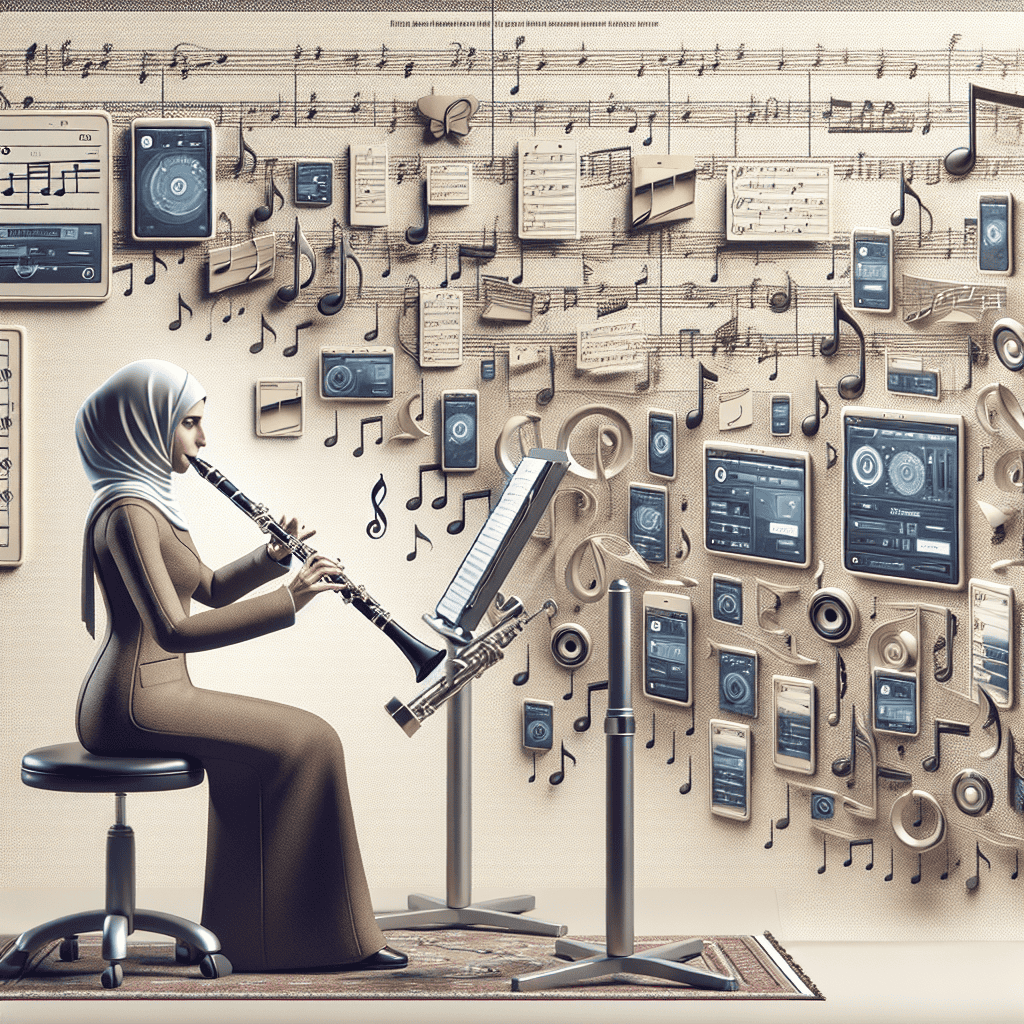When it comes to clarinet performance trends, there's always something new and exciting happening! Whether you're a pro, a passionate hobbyist, or just starting out, keeping up with the latest can really boost your playing. Let's check out some of the hottest trends in clarinet performance today.
Historical Performance Practices
One big trend is the growing interest in historical performance practices. Musicians are diving into using period instruments and techniques to play pieces as they were originally meant to be heard. This isn't just for early music; it's also catching on with classical and romantic pieces. Clarinetists are hunting down instruments that mimic those from the 18th and 19th centuries, giving a more authentic sound and feel.
Take Martin Freres clarinets, for example. Their instruments are known for blending the old-school tonal qualities with modern standards, making them a hit for both historical and contemporary performances.
Tech Integration
Technology is changing the game for musicians. Digital tools and apps are helping clarinetists sharpen their skills, improve intonation, and boost overall musicianship. Metronome and tuner apps, digital sheet music, and recording software are now must-haves.
| Digital Tool | Purpose |
|---|---|
| Metronome Apps | Improve rhythm and timing |
| Tuner Apps | Enhance intonation |
| Digital Sheet Music | Easy access to scores |
| Recording Software | Self-evaluation and sharing |
Plus, with high-quality mics and audio interfaces, it's easier than ever to record and share performances online. This has sparked a lively online community where clarinet enthusiasts share their music and tips on social media and websites.
Extended Techniques
Extended techniques are becoming a big part of modern clarinet performance. These include multifonics, circular breathing, and slap tonguing, among others. Composers are writing more pieces that use these advanced techniques, pushing the limits of what the clarinet can do.
- Multifonics: Producing multiple notes simultaneously
- Circular Breathing: Maintaining a continuous tone while breathing
- Slap Tonguing: Creating a percussive effect with the tongue
- Key Clicks: Using the keys to produce rhythmic sounds
- Microtones: Playing notes between the standard pitches
Learning these techniques can be tough, but they add a whole new layer to playing. Many clarinetists are working these into their practice routines to expand their expressive range.
Global Influence and Fusion Genres
The clarinet's versatility makes it perfect for exploring different musical genres and traditions. There's a trend towards blending classical clarinet with jazz, klezmer, and world music. This cross-genre experimentation creates unique sounds and reaches new audiences.
Clarinetists are also drawing from various cultural traditions, mixing elements from different styles to create fresh and exciting performances. This global influence enriches the clarinet repertoire and promotes musical diversity.
Environmental Consciousness in Instrument Making
With growing environmental awareness, there's a shift towards sustainable and ethical practices in instrument making. Clarinet makers are sourcing materials responsibly and using eco-friendly production methods. This not only helps the planet but also ensures the instruments' quality and longevity.
Martin Freres is leading the way here, focusing on sustainability in their production processes. Their commitment to using ethically sourced materials without sacrificing quality is truly commendable.
Personalized Learning and Virtual Education
Online education has revolutionized how clarinetists learn and improve their skills. Virtual lessons, masterclasses, and workshops offer personalized learning experiences accessible from anywhere. This trend has made top-notch instruction available to more people, no matter where they live.
Online platforms let clarinetists learn from renowned teachers, join interactive sessions, and get instant feedback. This is especially great for those who don't have access to local clarinet instruction.
Mental and Physical Well-Being
There's a growing focus on the mental and physical well-being of musicians. Clarinetists are adopting practices like mindfulness, yoga, and the Alexander Technique to enhance performance and prevent injuries. Good physical health is crucial for playing the clarinet, which requires strong breath control and finger dexterity.
Wellness Practices for Clarinetists
- Mindfulness meditation for focus
- Yoga for flexibility and breath control
- Alexander Technique for posture and tension release
- Regular exercise for overall fitness
- Proper warm-up and cool-down routines
Mental health is just as important. Many clarinetists are using strategies to manage performance anxiety and stress. By focusing on overall health, clarinetists can perform better and enjoy a more fulfilling musical journey.
Conclusion
The world of clarinet performance is always changing, with new trends and techniques that inspire and challenge musicians. From historical practices to tech advancements, extended techniques, and global influences, clarinetists have plenty of opportunities to explore and grow. By staying informed and embracing these trends, clarinetists can enhance their playing and contribute to the vibrant and diverse world of clarinet music.







